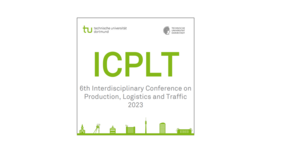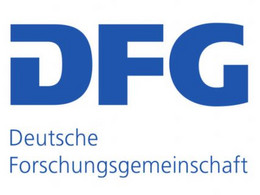CEP-City - Behavior-based multi-agent simulation of the CEP market
- Transport Modelling and Process Planning
Background
A significant increase in urban populations can be observed worldwide. According to the Organization for Economic Cooperation and Development (OECD), 70% of the world's population is expected to live in urban areas by 2050. At the same time, an increase in online orders by end consumers can be expected. The resulting small-scale and highly frequented deliveries of goods will lead to an increase in freight traffic, which will influence the overall flow of traffic.
Approach
The Berlin agglomeration was selected as the study area because it is an important political and cultural center with a prospering tertiary sector. The data basis for the development of the CEP service provider behavior model and a physical traffic simulation is created through secondary and primary data collection. For this purpose, the supply structure of the CEP service providers and the demand side are recorded and analyzed. In addition, scenarios are developed which describe different strategies and measures of transport planning and the CEP service providers. A scenario analysis shows how transport policy and logistics measures can be coordinated in an integrative planning approach in order to ensure sustainable transportation in the future. The results and findings will then be discussed and validated in expert workshops.
Intended results
The aim of the project is to develop a behavior-based multi-agent model to simulate CEP traffic (courier, express and parcel service providers) in interaction with overall traffic in urban areas. This supports decision-making and the evaluation of measures in transport planning/policy and logistics. The developments in inner-city freight transport that are important for agglomeration areas can be better explained and measures for more effective organization can be defined and evaluated.
Contact person:Prof. Dr.-Ing. Uwe Clausen
Funding and partners






